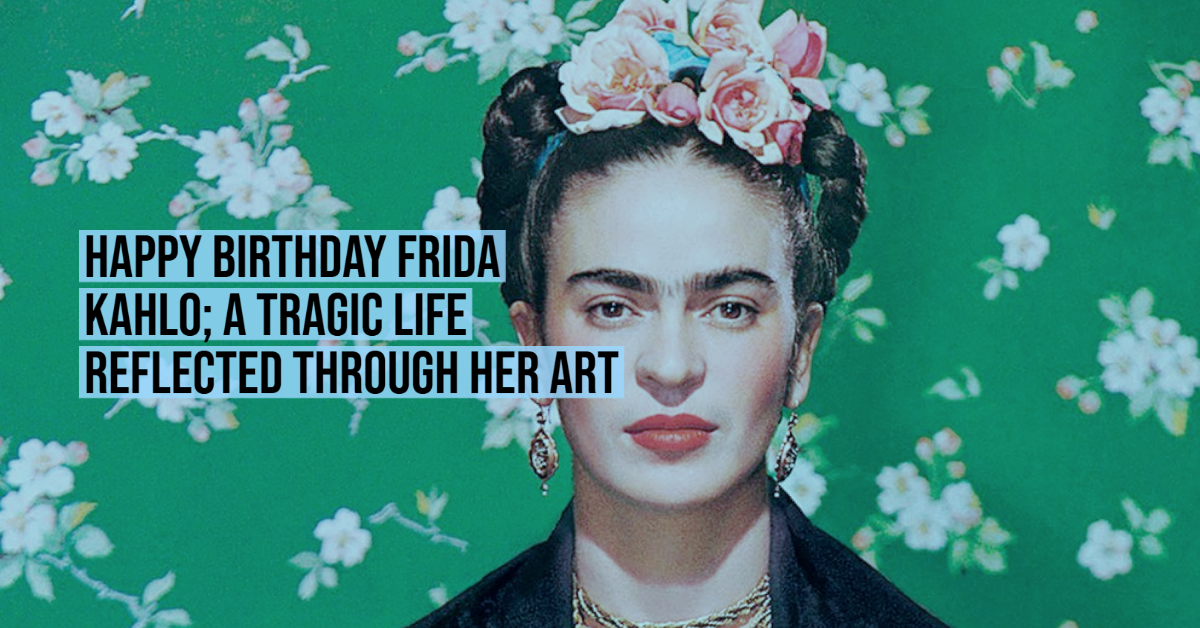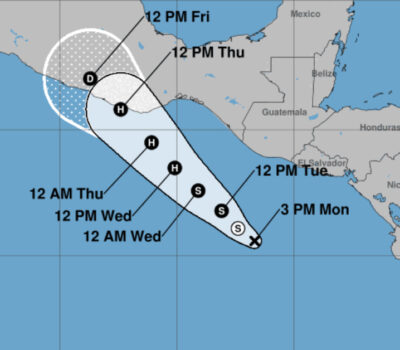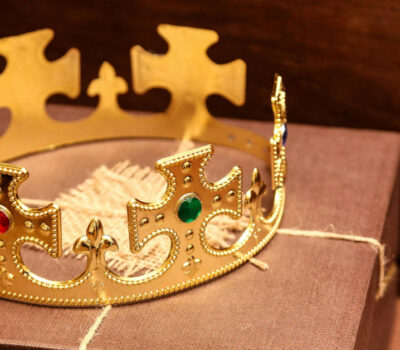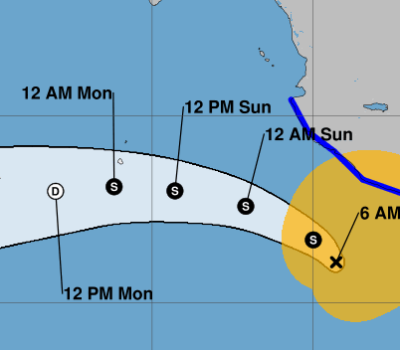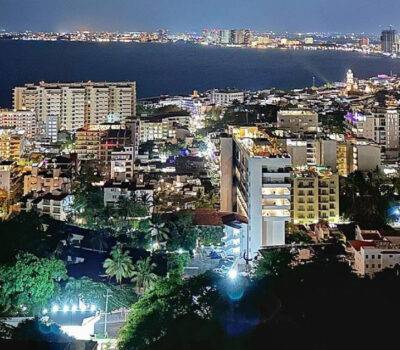Frida Kahlo was born on July 6, 1907, in Coyoacán, in the house that is now the Casa Azul museum in Mexico City, which became a landmark in the area that saw the emergence of one of the most representative artists in Mexico.
A life full of tragedies yet very talented is what you think about when talking about Kahlo, who became an icon and reference of feminism in Mexico, disability, art, and even sexual liberation.
At the age of six, Frida suffered the first blow of her life. She contracted polio and was bedridden for nine months. The disease caused her right leg to be shorter and thinner than the left, a consequence for which she became a source of bullying at school.
Her father then encouraged her to exercise and to practice swimming and cycling. During those years, Frida showed no interest in painting or the arts, focusing rather on strengthening the muscles and joints in her leg.
On September 17, 1925, her life changed forever. Shortly after turning 18, the bus she was traveling in was run over by a tram, destroying it completely. Frida survived but had to undergo 32 surgeries.
“The metal handrail went through the young woman at the hip, fracturing her pelvic bone and exiting through the vagina. The collision also caused three fractures in the spine, one in the clavicle, two ribs, and a dislocation of her right shoulder. The right leg, the one impacted by polio, suffered eleven fractures, plus dislocation of the foot. It was the beginning of a torturous existence from the physical, psychological and emotional point of view ”, writes Ochoa Sandy.
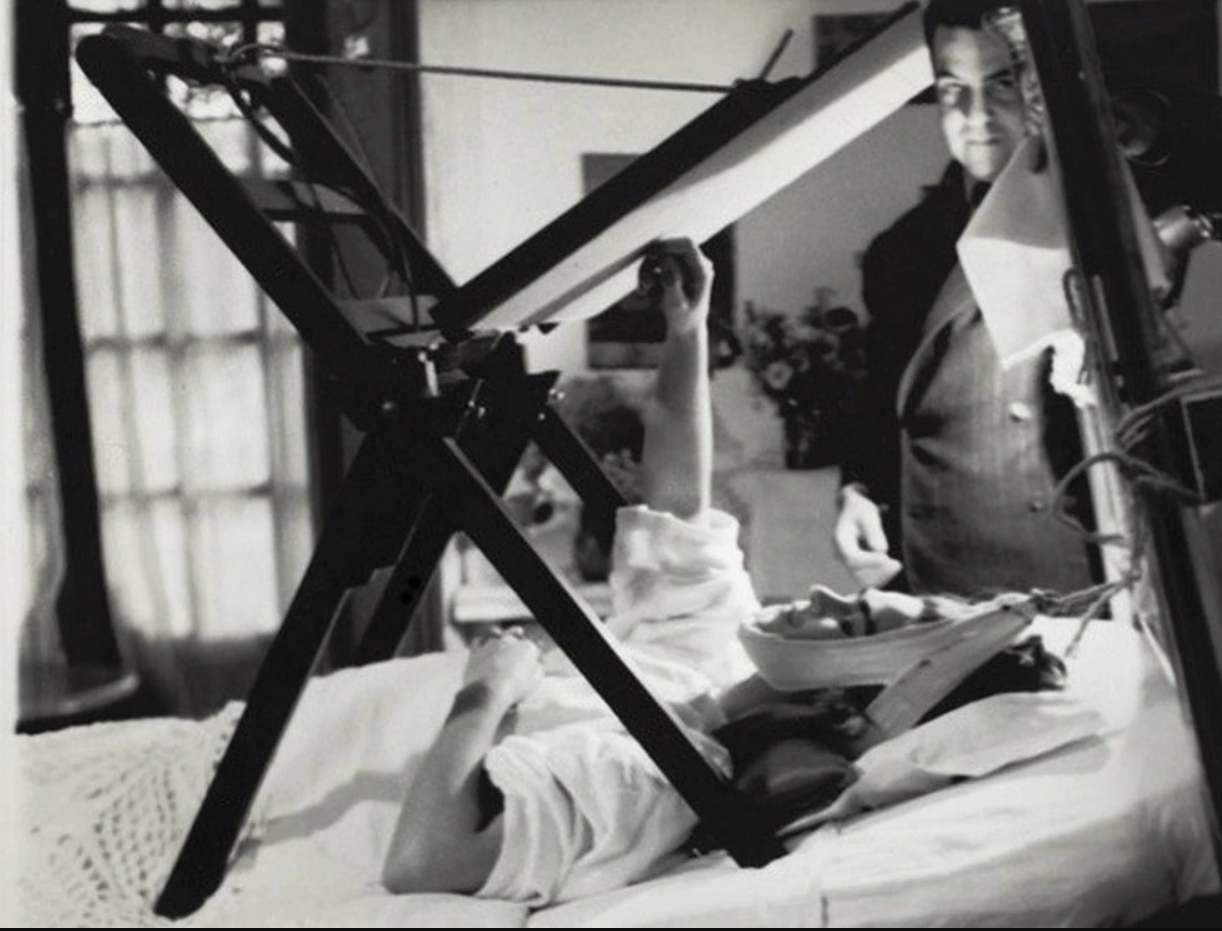
After recovering from serious injuries, the artist began to frequent the circles of high society in Mexico City. Thanks to the Cuban communist Juan Antonio Mella and his partner, the photographer Tina Modotti, she met Diego Rivera, who by then was already a consecrated painter.
Excited, Kahlo went to Rivera’s studio one day to show him her paintings. He was impressed with the work of that 22-year-old girl, the friendship and mutual admiration soon became a greater feeling. In 1929 they were married, and a year later, she suffered the first of three miscarriages. The accident also prevented her from becoming a mother.
The pain left by the loss of her first baby is evident in Frida and the Caesarean section, a painting that she began in 1931 and never finished.
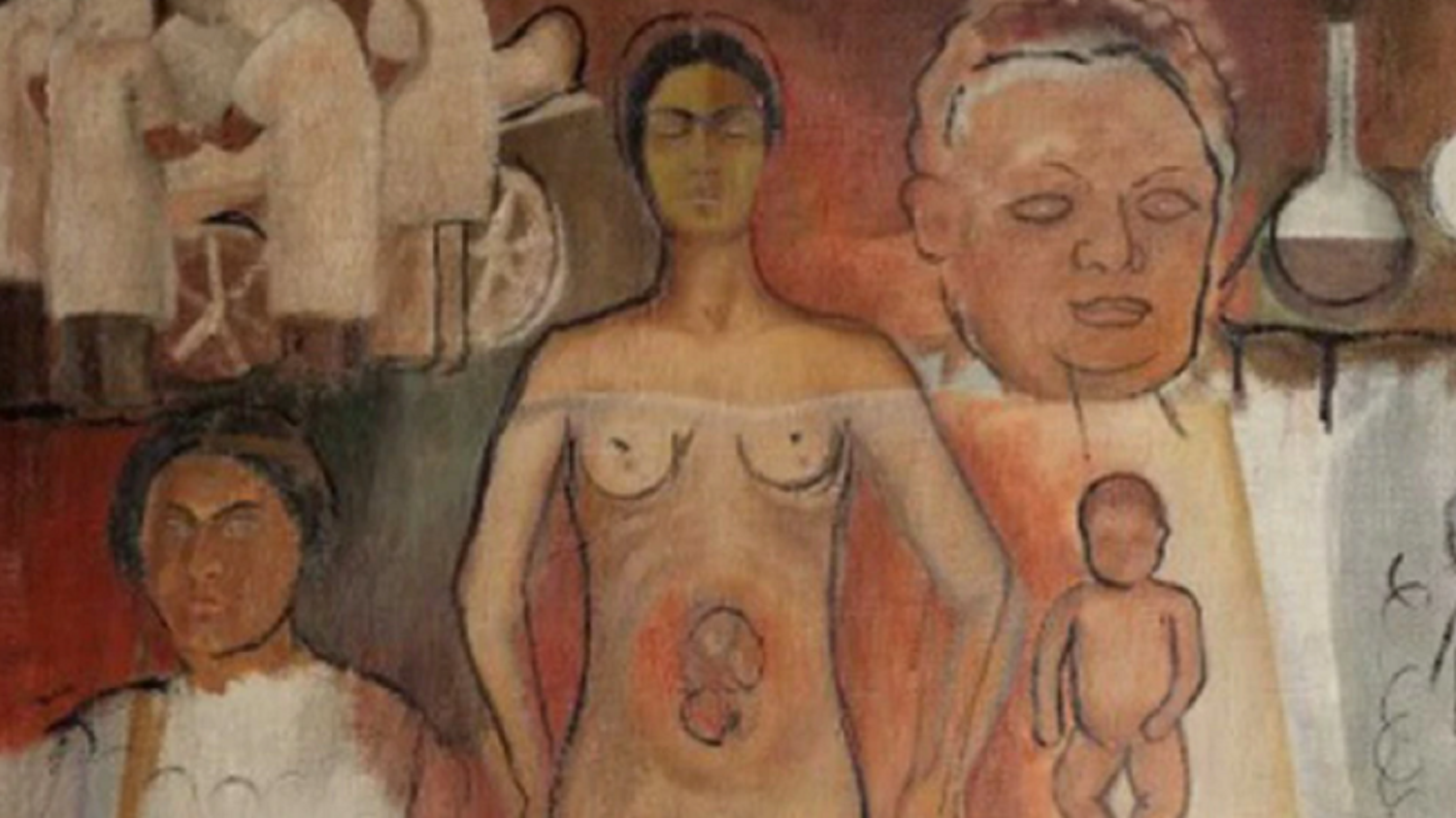
Frida Kahlo, the painter, the woman, the feminist, the oppressed, the myth, the Saint. One of the most dual artists, who is admired and talked about, but is never indifferent. The Mexican woman has one of the best-known faces in the world and countless books have been made and written about her life and work.
She emerged from the ashes of oblivion and was able to escape the shadow of her partner, Diego Rivera, a kind of engulfing Mexican art, a mythological Saturn who overshadowed other great contemporary muralists such as David Alfaro Siqueiros, José Clemente Orozco, and Juan O’Gorman, to name a few.
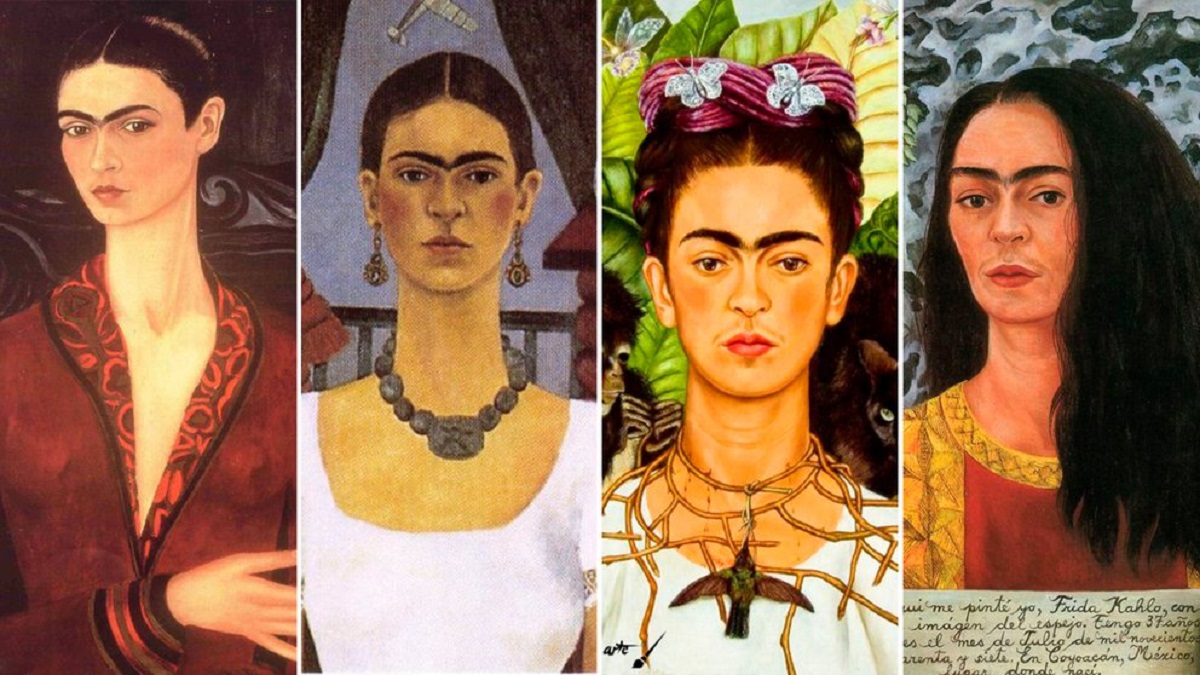
During the late 1940s and early 1950s, Frida’s health declined.
Faced with the possibility of gangrene, Frida Kahlo lost her leg, which at age 6 was affected by polio. This last blow of her life led her to attempt suicide twice in 1954, with an opioid overdose.
On July 2 of that year, she went in a wheelchair with Diego Rivera and Juan O’gorman, to protest against the US intervention in Guatemala. And a few days later, on July 13, she passed away at the age of 47.
Related News
Frida Kahlo was born on July 6, 1907, in Coyoacán, in the house that is now the Casa Azul museum in Mexico City . . .

